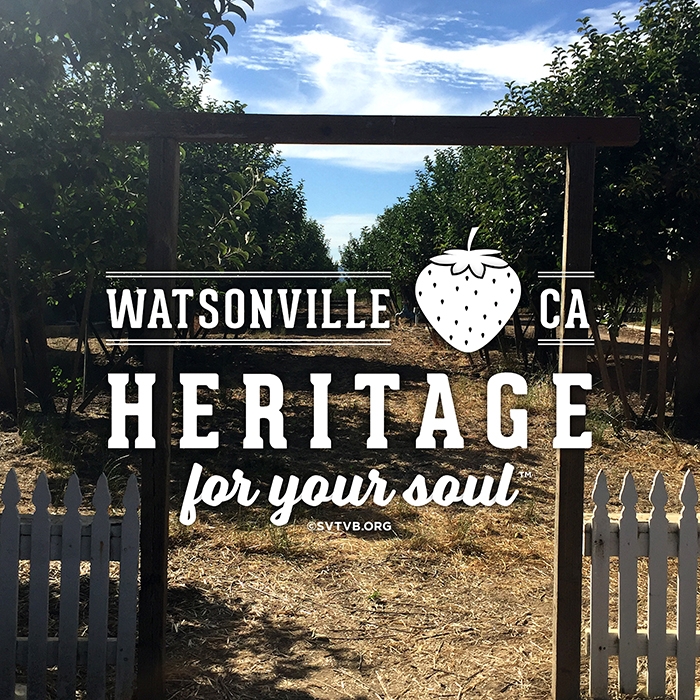My maternal grandparents were from Vitina, a small town in what is now considered the country of Bosnia and Herzegovina. Their last name, Majich, didn’t speak to any particular region; they always just said they were from Yugoslavia. The changing borders of the old country didn’t overly matter to them. Their hearts stayed connected to their Yugslav roots, but America became their adopted homeland.
I loved visiting my Baba and Dedo – for two reasons. My Baba made the most amazing apple strudel and my Dedo had a huge garden which he let me putter around in with him. My love of gardening, I know, came from his green thumb. He had flowers and vegetables, fig trees, avocado trees and, yes, apple trees. I wish I could say for sure that my Baba used those apples in her strudel. Wouldn’t that just be a great part of the story? I can’t, but in my heart I’m going to believe she did!
So, when I moved to this area many years ago and starting exploring the things to see and do, I was tickled to stumble across names like Scurich and Marinovich and Franich and Gizdich … last names ending in ich were something I knew about. And then to find out that Watsonville, in the Pajaro Valley, was settled by Croatians (aka Yugoslavians) who planted apple trees was more than just a coincidence, it was a sign.
Well, maybe it wasn’t a sign, but it sure made me wonder if any of these early settlers were from my neck of the Yugoslav woods. They weren’t. But that didn’t stop me in my pursuit to discover, more importantly, if there was any apple strudel to be eaten in this apple-growing town. Sadly, I found out that I was decades too late for the apple heyday of the early 1900s.
It actually all began in 1859, when a young man from Switzerland, not Yugoslavia much to my disappointment, named Stephen G. Martinelli founded S. Martinelli & Co. He set about making bottle fermented Champagne Cider with apples that grew right in the fertile and temperate Pajaro Valley. The cider was so good it was awarded a “Gold Medal” at the California State Fair. To this day, Martinelli’s label carries this designation.
Martinelli, without a doubt, was the Johnny Appleseed of the Pajaro Valley which became famous for apples, and in particular one specific variety, the Newtown Pippin. This one apple actually gives Martinelli’s apple juice its tart sweet distinctive taste. At the height of apple-pickin’ time, around 1920, there were more than 1 million apple trees of different varieties covering about 15,000 acres in the Watsonville area. These were the first commercial orchards in California and the Pajaro Valley was the biggest apple producing region on Earth.
While Martinelli’s, still headquartered in Watsonville, is the standard-bearer for the apple industry locally, they haven’t been able to stem the tide of dwindling orchards. Today, only about 2,000 acres of apples remain. Most have been replaced with berry fields. To my dismay, strawberry shortcake now rules the dessert tray. An apple, or two or three, a day did not keep the berries at bay.
The good news is that Martinelli’s is bucking the berry trend and planting and leasing apple orchards, a nod to not only good business practices but also a commitment to protecting the heritage of the area and the taste of the Pajaro Valley in their juice.
With more orchards I’m betting that apple strudel will be making a comeback. Wish I had paid more attention to my Baba’s recipe, but it’s hard to focus when all you want to do is eat!




